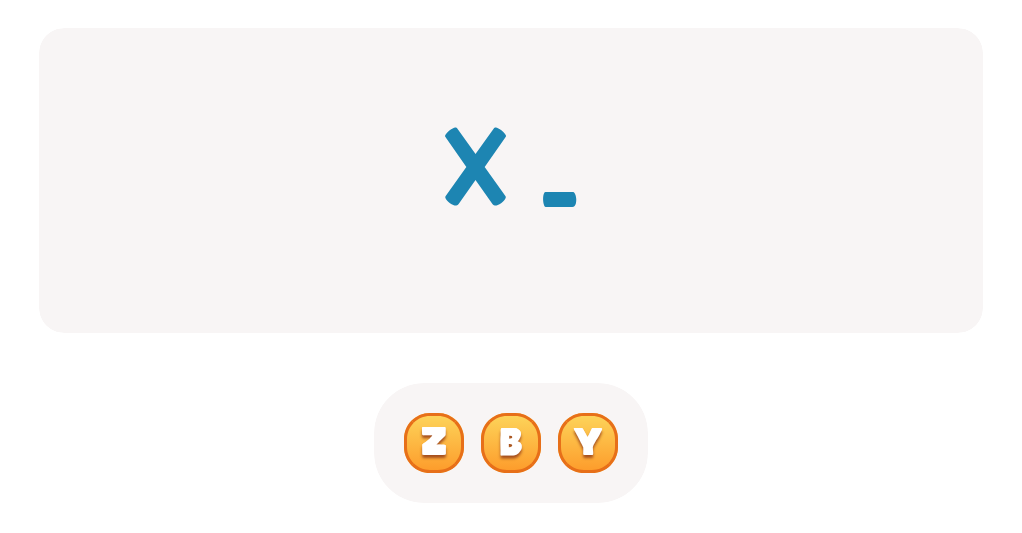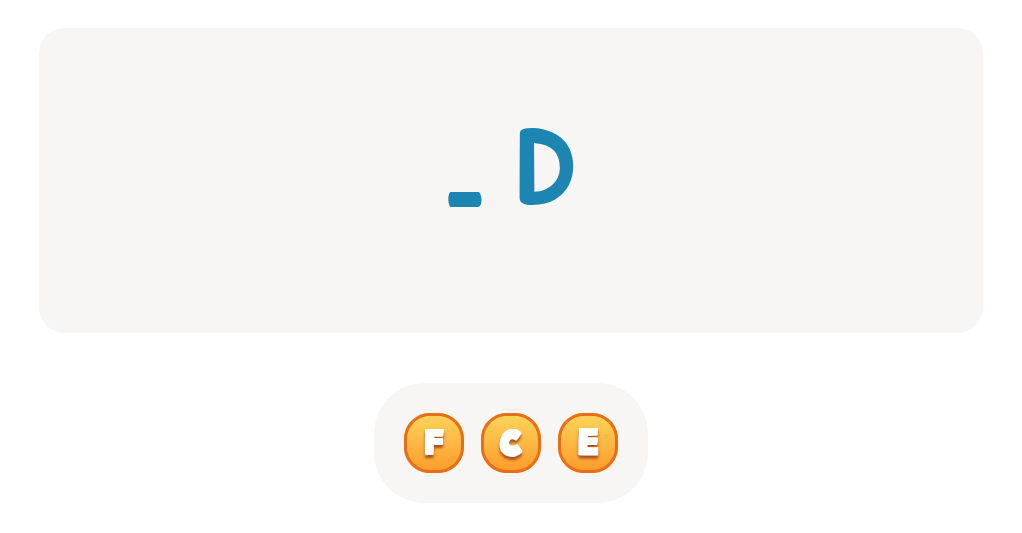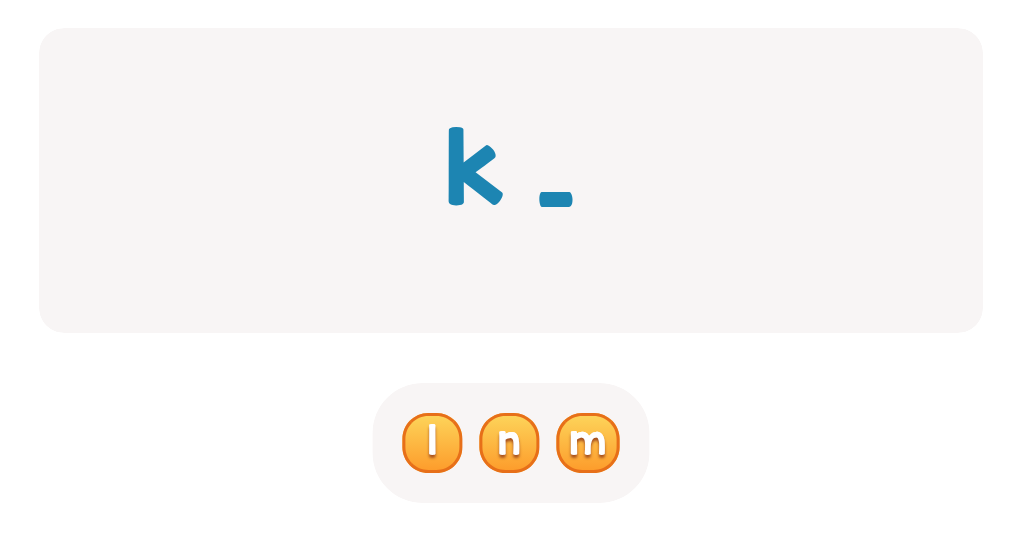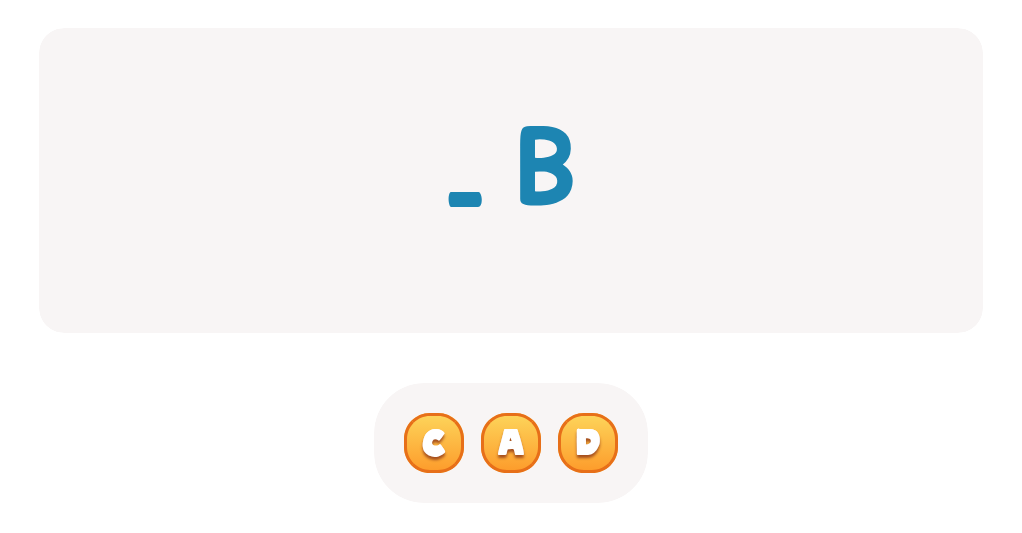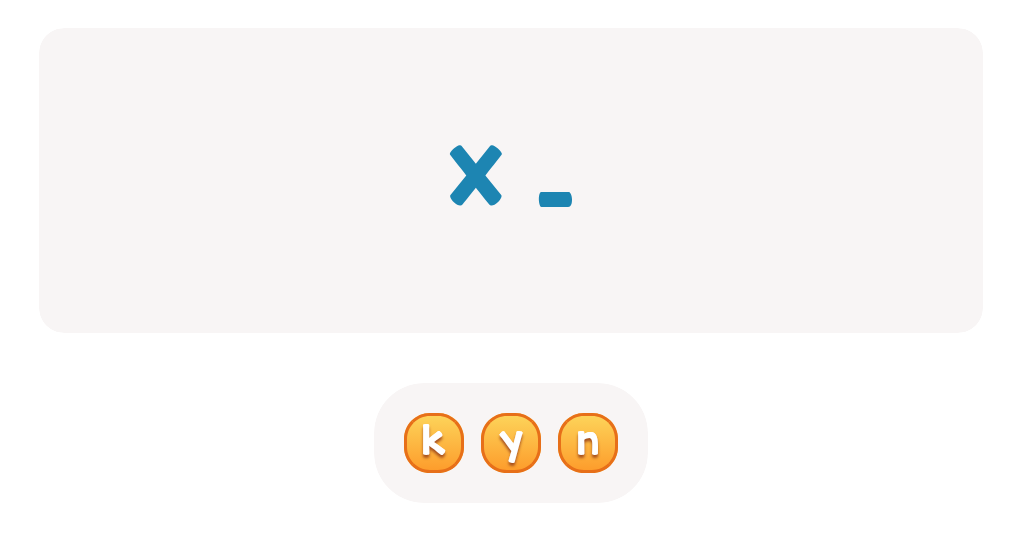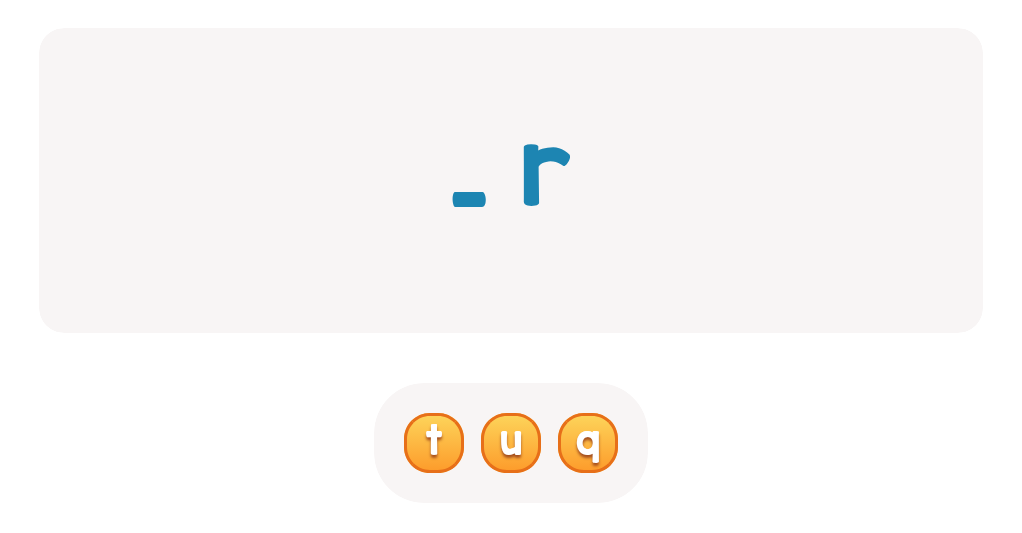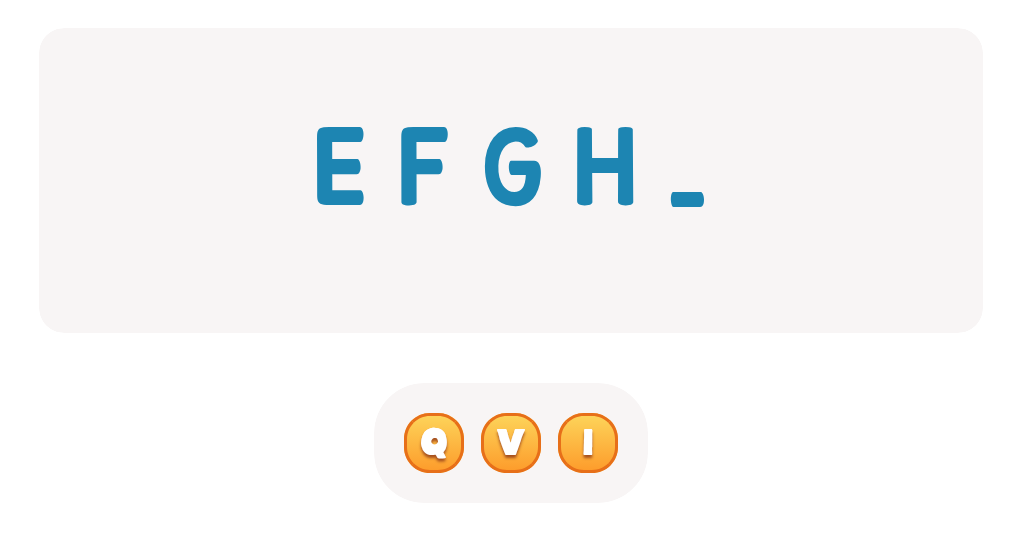Visual discrimination skills Upper & Lowercase Letters Worksheets for Ages 5-6
4 filtered results
-
From - To
Boost your child's visual discrimination skills with our engaging Upper & Lowercase Letters Worksheets designed for ages 5-6. These worksheets provide a fun and interactive way for young learners to identify and differentiate between uppercase and lowercase letters. By practicing visual discrimination, children enhance their reading and writing abilities while building essential cognitive skills. Each worksheet fosters focus and attention to detail through varied exercises, making learning enjoyable and effective. Perfect for at-home or classroom use, these resources are a valuable tool for teachers and parents alike. Watch your little one thrive as they master the alphabet with confidence!


Find Uppercase Letters A, B, and C Worksheet
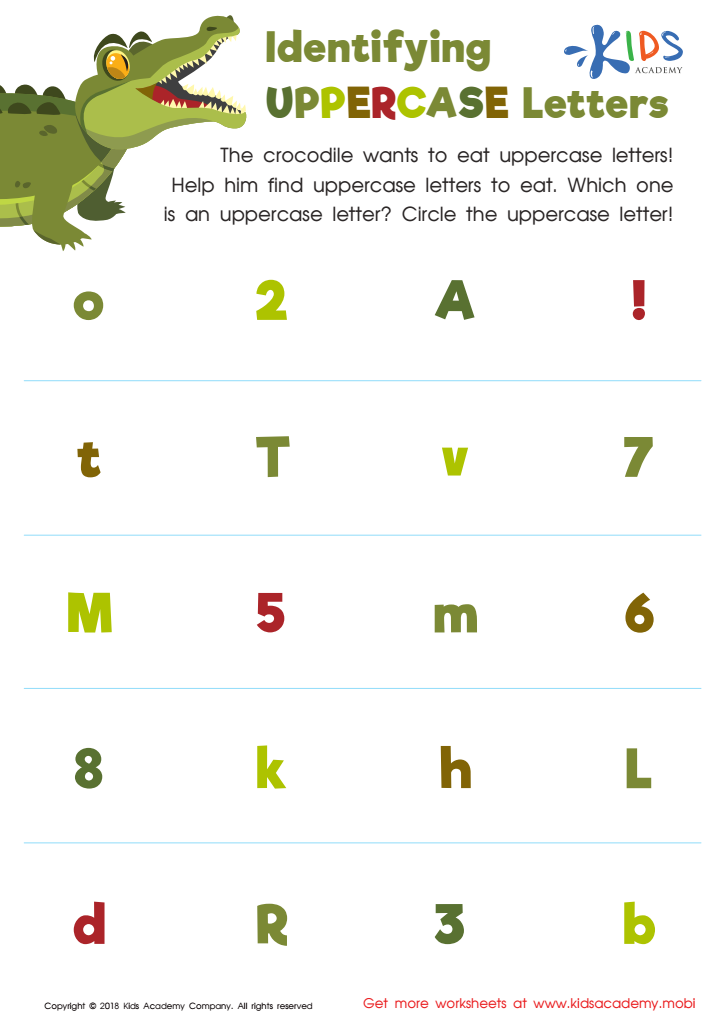

Identifying Uppercase Letters Worksheet
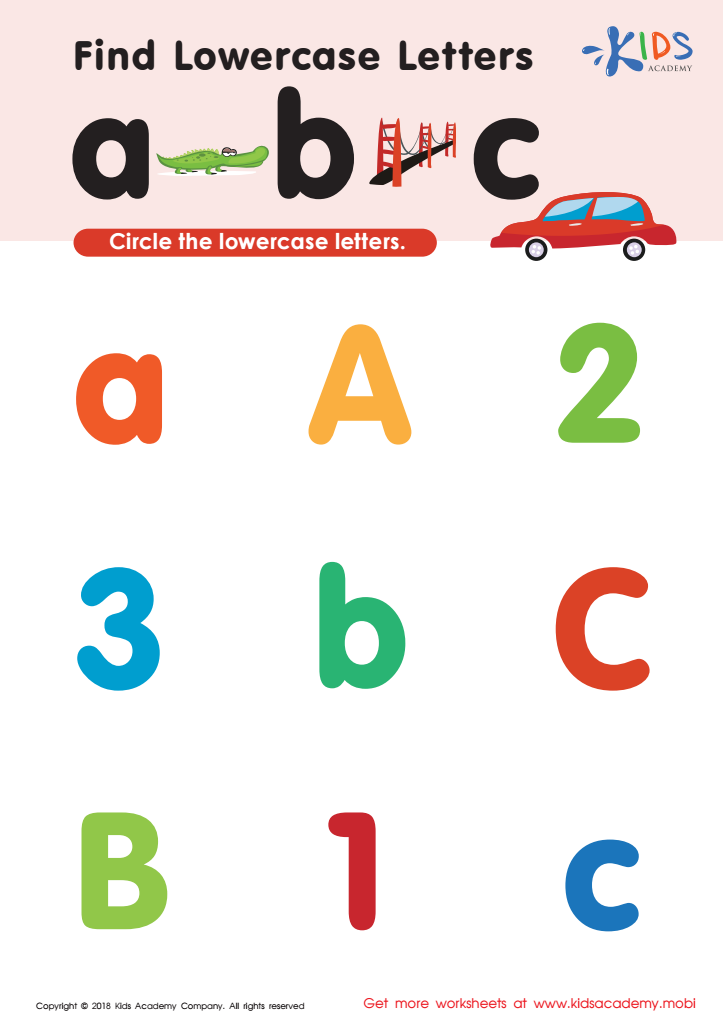

Find lowercase letters a b c Worksheet
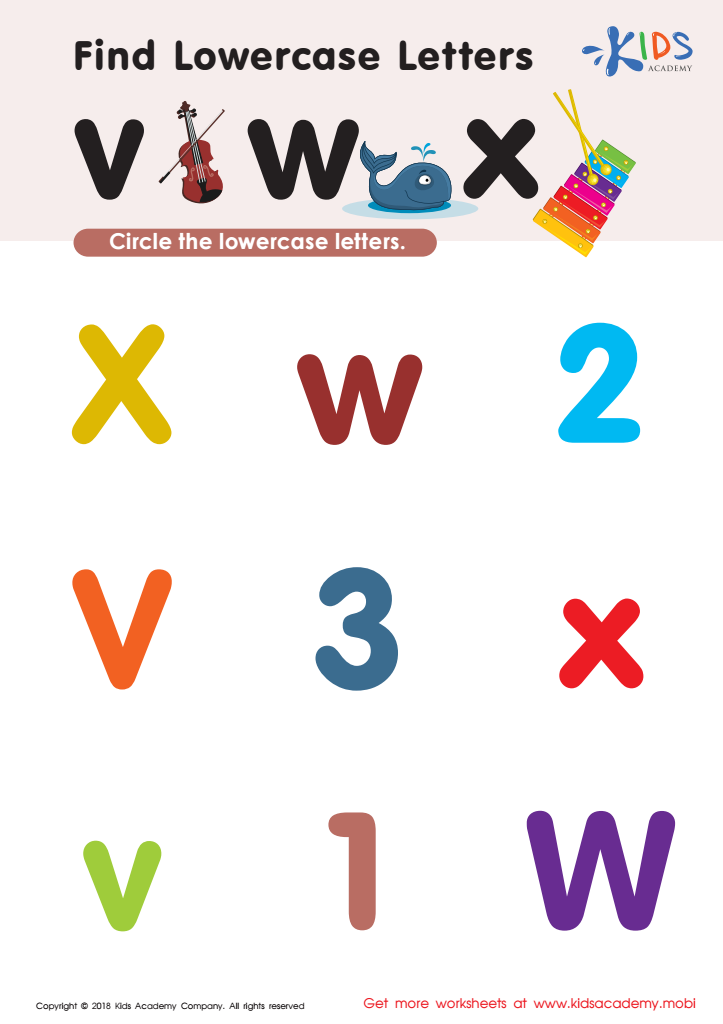

Find Lowercase Letters v w x Worksheet
Visual discrimination skills are essential for early learners, particularly when it comes to identifying and distinguishing between upper and lowercase letters. For children aged 5-6, developing these skills lays the foundation for reading and writing success. Visual discrimination refers to the ability to notice and interpret differences in visual features, such as size, shape, and orientation, which is crucial for recognizing letters and their variations.
Parents and teachers should care about these skills because they impact a child’s literacy development. Children who struggle with distinguishing between similar-looking letters, like 'b' and 'd' or 'p' and 'q', may experience challenges in spelling and reading fluency. Early mastery of letter recognition fosters confidence in young learners, leading to a more positive attitude towards school and learning.
Moreover, strong visual discrimination skills contribute to a child's overall cognitive development by improving attention, memory, and critical thinking abilities. Engaging activities, such as visual games and letter sorting, not only enhance these skills but also create joyful and interactive learning environments. Ultimately, nurturing visual discrimination prepares children for future academic success and encourages a lifelong appreciation for reading and learning.
 Assign to My Students
Assign to My Students
